New Topographics: “Photographs of a man-made landscape.
This term was created by William Jenkins as a way to describe a group of keen photographers who all had something in common, their photography, which all shared the same aesthetic of a black and white landscape prints which shared a site of interaction between human+ non human contact.
The group consisted of:
- Robert Adams
- Bernd and Hilla Becher
- Lewis Baltz
- Joe Deal
- Frank Gohlke
- Nicholas Nixon
- John Schott
- Stephen Shore
- Henry Wessel Jr.
These photographers decided to ignore the beautiful landscapes the world has to offer, and instead pay attention to how easily and effortlessly man can alter them forever.
The topic of New Topographics was based on both built and natural landscapes in America, which highlighted the tension and difference between the natural scenery and the newly- built structures of post-war America.
“New Topographics: Photographs of a Man-Altered Landscape” – This was a huge exhibition which commemorated the photographers and their creations, which also spread information and interest on the topic of urbanisation. The exhibition took place from October 1975-February 1976. It was held in Rochester, New York at the George Eastman House’s International Museum of Photography.
The photographs of the humanly altered landscapes mostly avoided any human presence- this was to that the images came across as, neutral in style, and focused mainly on the emotional, beautiful and opinionated visual information within.
Some examples of these altered lanscpaes are:
- Motorways
- Petrol stations
- Industrial parks
- Tract homes
- Car parks
- Suburban homes
- Crumbling coal mines
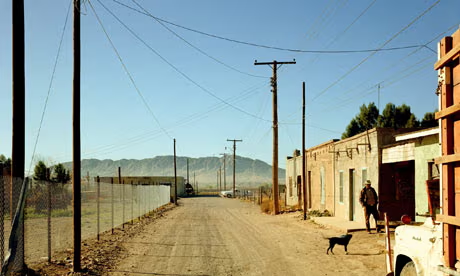
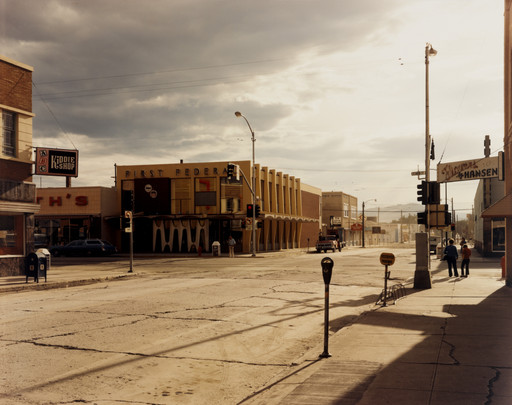
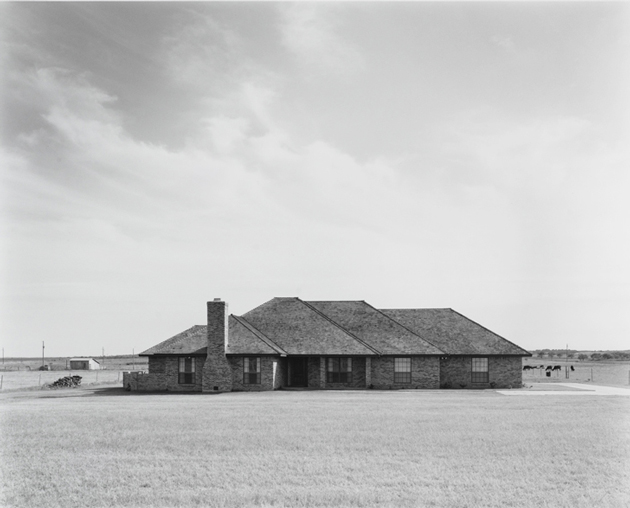
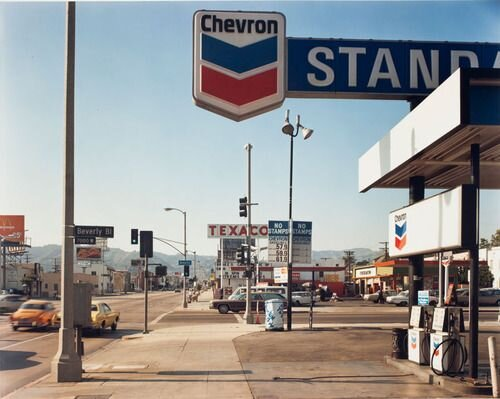
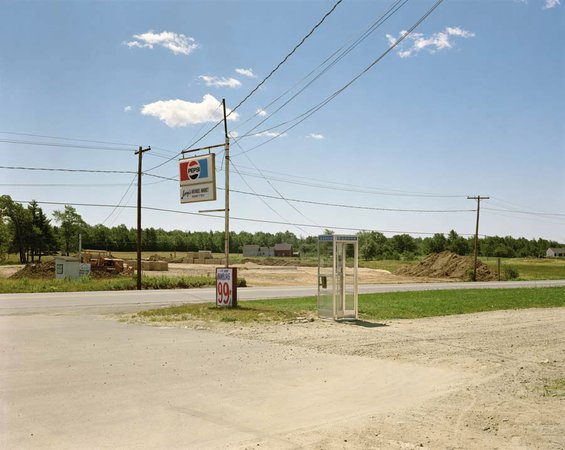
Frank Gohlke.
Born on the 3rd of April 1943, Frank Gohle was a photographer, he took photos of urban landscapes such as towns and old factories. Frank made a contribution to the New Topographics group and focused on the pure destruction and wreckage that urban areas faced due to natural causes. He took part in the New Topographics group and contributed He also stood out from different photographers because his photos captured the sheer destruction in urban areas from natural causes. An example of this is a tornado which struck his home town in Wichita Falls Texas, in 1979. I think his work perfectly ties into my work on the aftermath of Storm Ciaran as there was also a tornado that struck Jersey, and there was serious life- threatening weather conditions. Frank Gohlke is an especially important person in landscape photography, as well as being included in the New Topographics exhibition.
Examples of Frank Gohlke Photography.
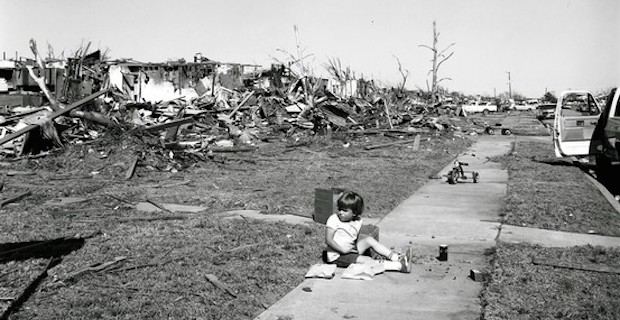

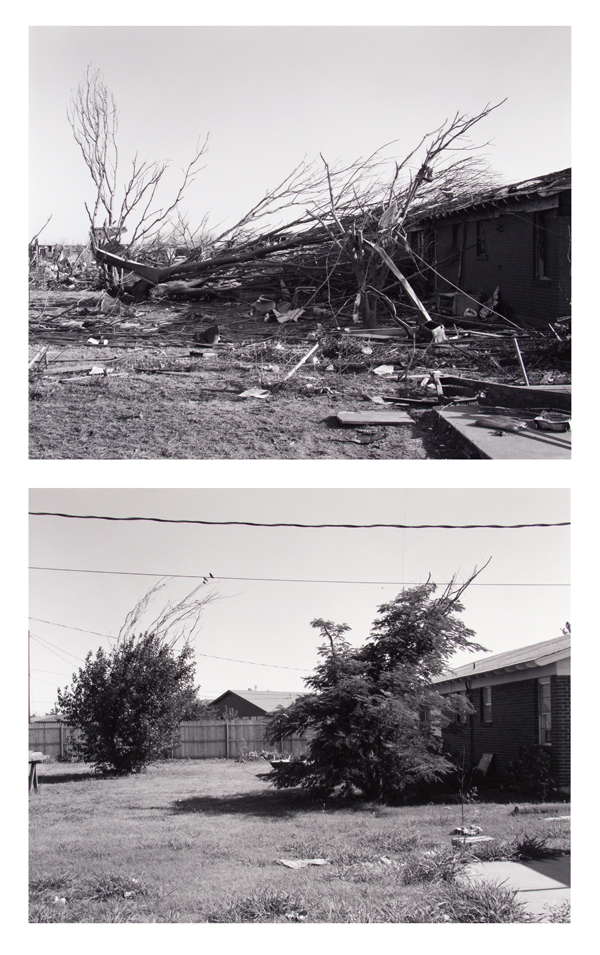
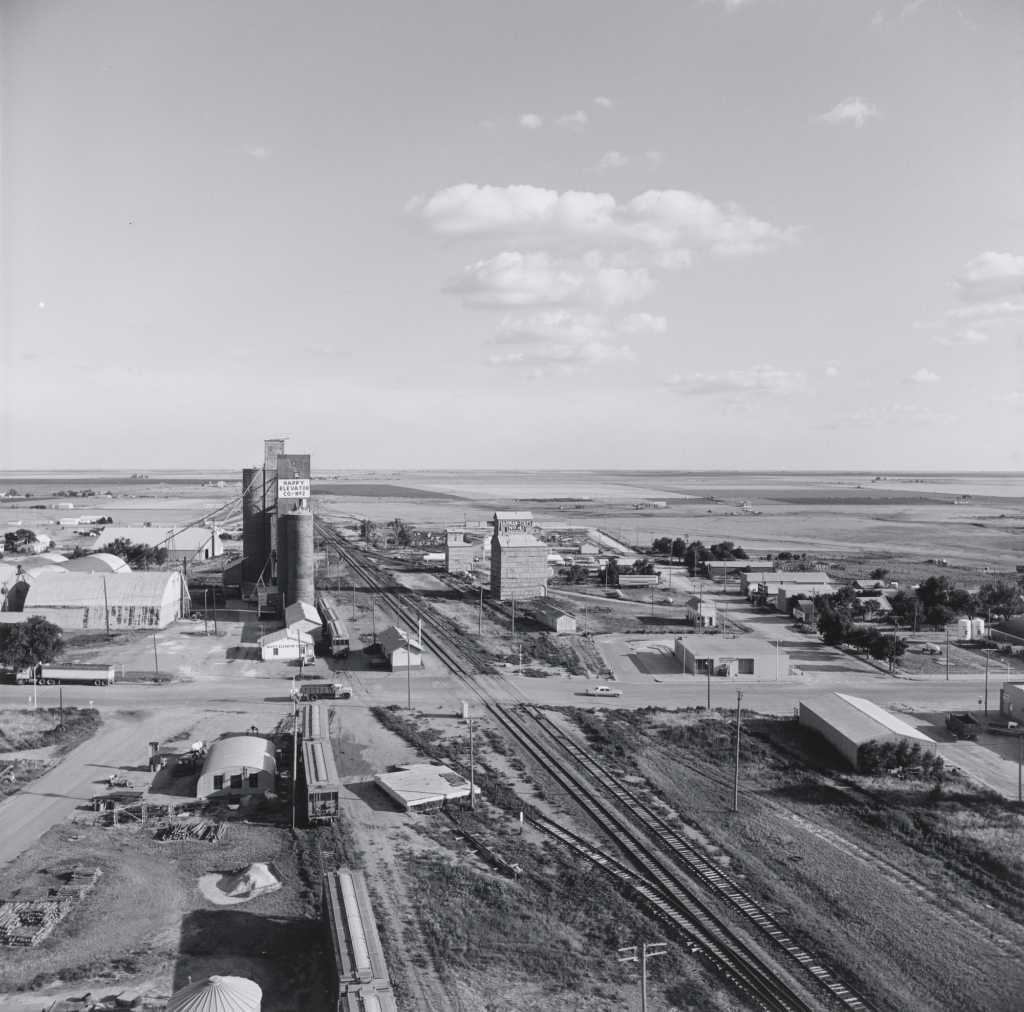
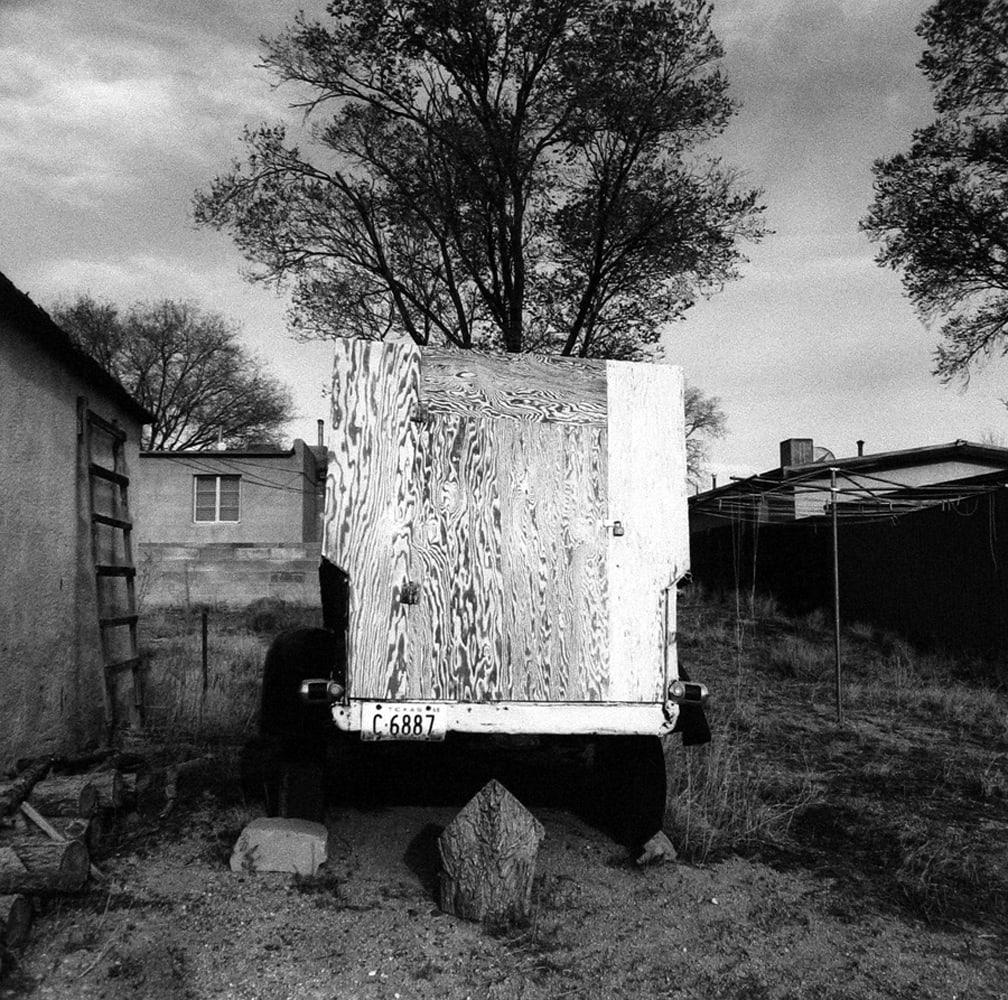

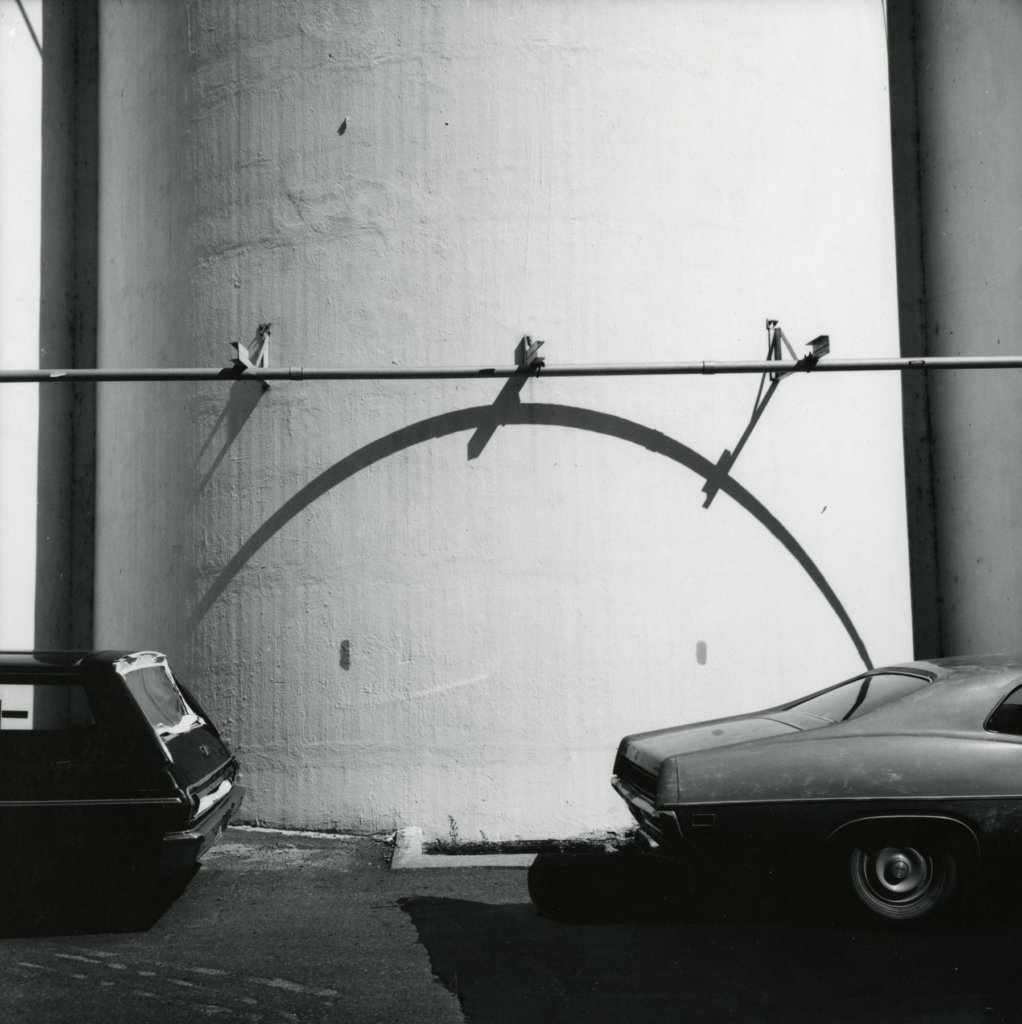
I particularly like Frank Gohlke’s work because I think the black and white images particularly stand out, when it comes to New Topographics, due o the fact the bluntness and lack of emotion when the photos are black and white show the destruction and life taken out of the landscape and the emptiness from the wreckage.
My Frank Gohlke Inspired Photos.
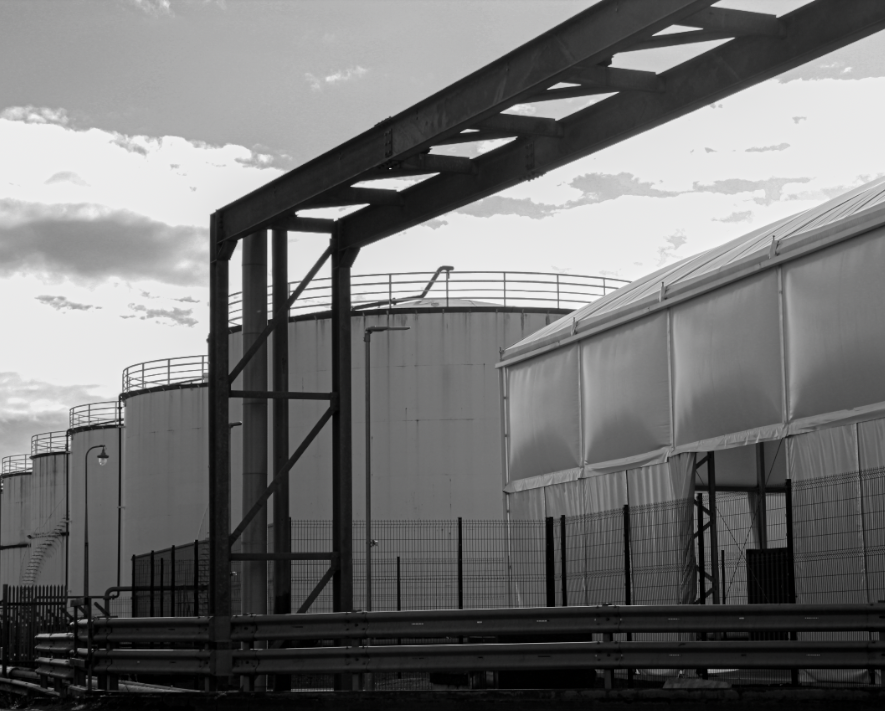
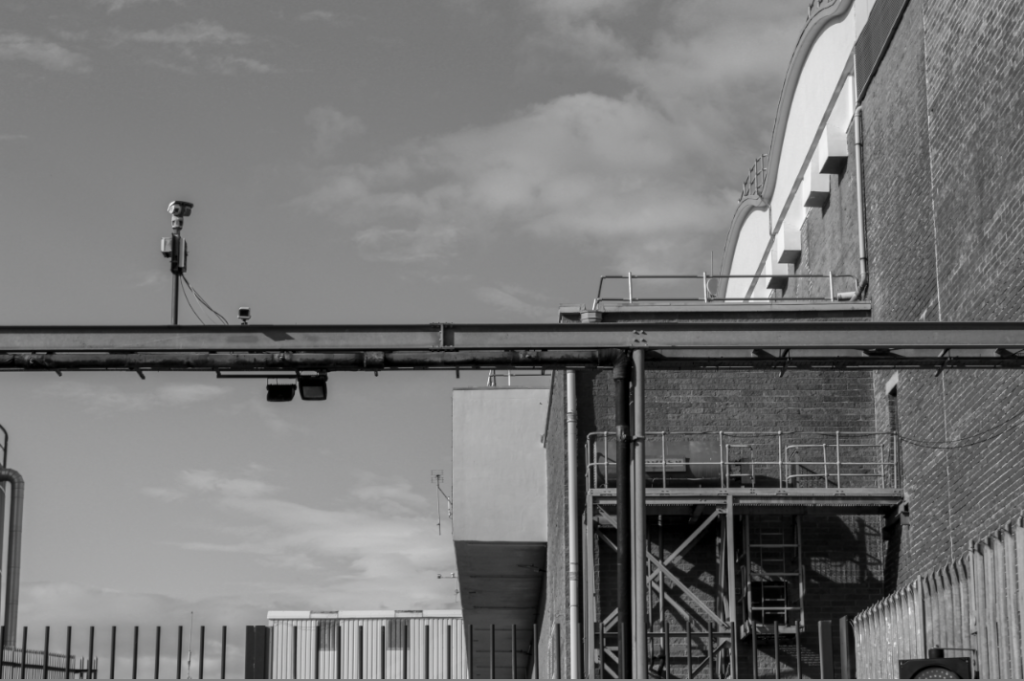
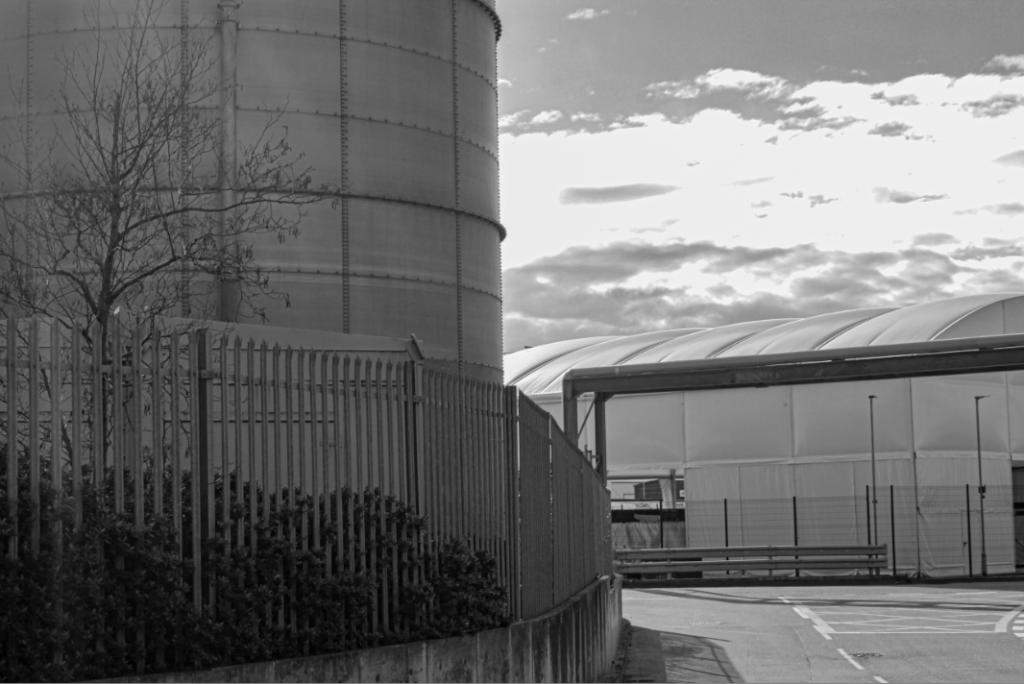

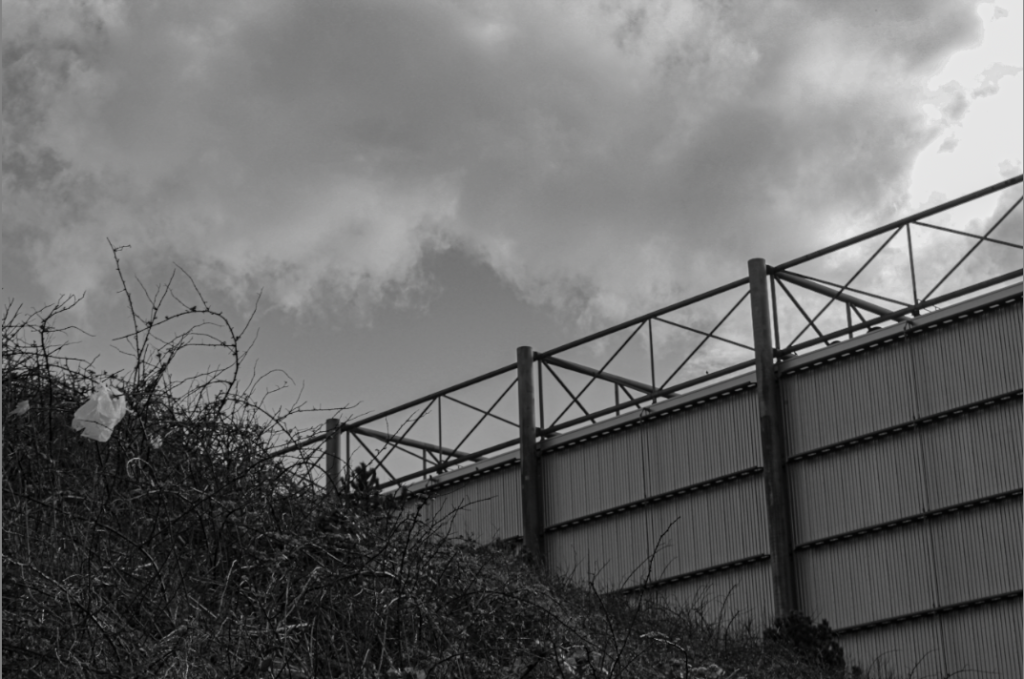
Whilst taking photos at Harve Des Pas beach, I attempted to replicate and take inspiration from Frank Gohlke and his images whilst attemping to demonstrate the same fascination with the world’s constant growth, destruction and unexpected change, by featuring different machinery, industrialisation, littering and urbanisation. I think I was able to capture a more modern approach from the present day, comparing to Frank Gohlke’s work from the 1970s through to 2004.
